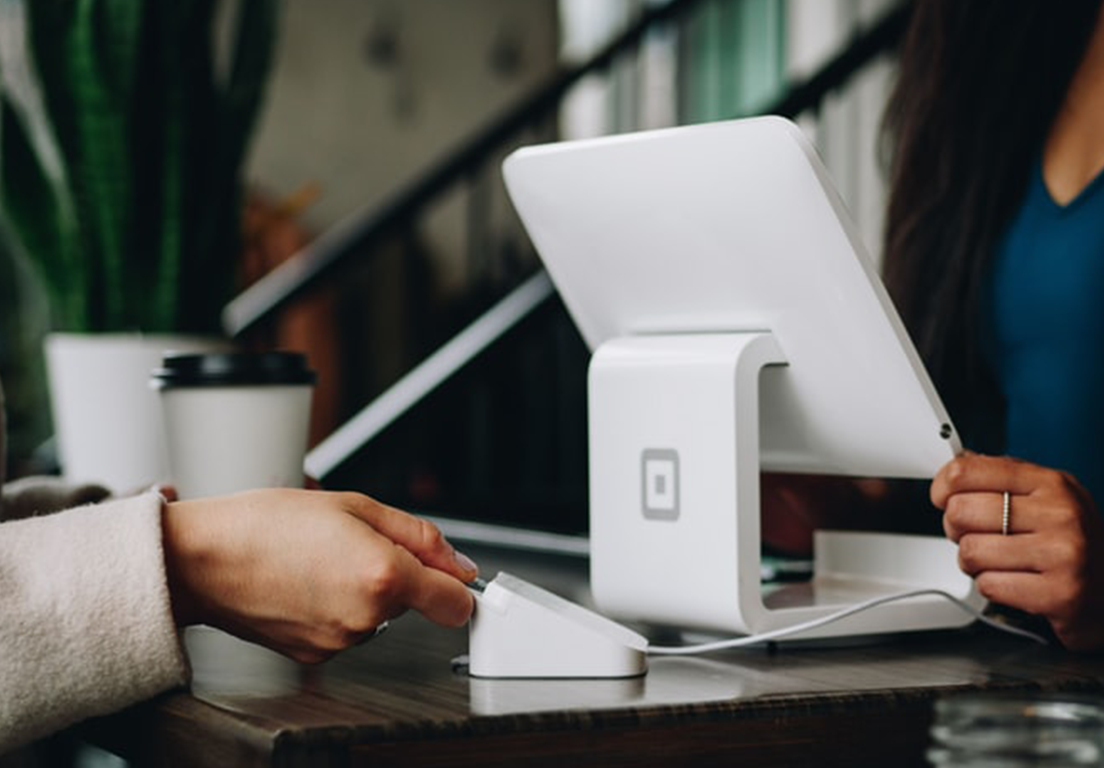Musculoskeletal disorders (MSD) refer to any injury, damage or disorder of the joints and soft tissues – muscles, tendons, ligaments and nerves in the back or limbs. Common MSDs include carpal tunnel syndrome, tendinitis, back pain, tension neck syndrome and hand arm vibration syndrome.
With the majority of occupation-related MSDs the result of repetitive motions or maintaining a static position for long periods, the UK’s three million retail workers, particularly those at point of sale (POS) find themselves at real risk of suffering from a musculoskeletal ailment. highlighting the importance of the following preventative measures. But before these risks can be reduced, the first need to be identified.
Identifying risk
The two main risks to point of sale workers are:
- Manual handling and lifting goods
- Poor and awkward postures
Manual handling and lifting goods
Manual handling injuries can occur in just about any aspect of retail work. For point of sales staff, the risk is commonly posed by the manoeuvring of large or heavy items when scanning barcodes.
Poor and awkward postures
Poor and cramped workstation design is a leading cause of posture related MSDs, while sitting or standing without movement for long periods of time can cause a reduction in blood circulation, leading to muscle fatigue.
Before you can take steps to mitigate these MSD risks, you first need to conduct a thorough risk assessment, in order to identify key causes, the likelihood of illness or injury occurring and the severity of the consequences should the worst happen. In identifying potential hazards your risk assessment should begin with a check of the POS area and a consultation with your employees. Speaking with your employees is an extremely valuable exercise. Research shows, workplaces that actively involve employees in health and safety decisions have a significantly stronger safety culture. Your staff can provide feedback on the effectiveness of existing control measures and highlight those hazards you might otherwise miss, they may even provide some ideas to better control the risk. Once you have identified all potential risks, you should begin by focussing on those most likely to cause harm.
Managing risk
Manual handling and lifting goods
Accounting for 21% of occupational injuries and 10% of all major injuries, manual handling is the primary cause of occupational aliments amongst retail workers. 26% of injuries are the result of carrying, handling or lifting heavy loads, while pulling or pushing loads accounts for 22%.
Where possible steps should be taken to remove the need for manual handling. If this is not possible however, the risk should be minimised with effective training and the following measures:
- Keep twisting, stooping and reaching to a minimum
- Avoid lifting from floor level
- Minimise carrying distances
- Before lifting, assess the weight to be carried and whether help will be required
Poor and awkward postures
Effective workstation design is essential to promoting good posture. In isolation however, it is not enough to prevent a musculoskeletal disorder or injury. Worker behaviour and habits are also a crucial factor that must be addressed in order to properly prevent injury.
Work station design
- Ensure workstations are a suitable height. It should be possible for the majority of work to be executed without awkward reaching or twisting from the waist.
- Display screens should be readable without the need to twist or squint.
- Supply adjustable seating and provide footrests for those who require additional support.
- Ensure there is enough space under the counter to allow employees to move and stretch. Items should not be stored in the POS area in order to create maximum space.
- Supply hand-held scanners for large, bulky and heavy items in order to prevent awkward postures and unnecessary lifting of the item.
- Ensure commonly used items such as keypads, scanners and cash drawers are within easy and comfortable reach.
- Supply barcode cards for heavy and bulky items, removing the need for scanning and lifting.
- Further reduce unnecessary handling with the installation of inline scales
- Work stations surfaces should allow for the sliding of heavy items to be scanned in order to prevent lifting. Surface edges should also be smooth or rounded to prevent uncomfortable pressure.
- Ensure all check out equipment is regularly checked and maintained
Behaviour
- Implement mandatory and scheduled rest breaks
- Encourage task variety and job rotation to reduce the length of time workers spend in fixed postures.
- Encourage workers to report equipment problems.
- Monitor the health of employees so you are aware of any problems and can intervene to prevent them being caused or made worse by work activities.
- Provide relevant and effective training within work hours.
- Allow your employees to vary the task they are performing. For example, switching from left to right-handed scanning and alternating postures between sitting and standing.
- Ensure your employees are able to correctly adjust their equipment to meet their individual needs.
Individual needs
- By law business are require to make any necessary temporary arrangements and adjustments to workspaces and schedules for individuals such as those who are pregnant or suffering from an existing MSD.
Time to take action?
Effective risk assessments are essential in identifying and understanding the risks in your business, but they often mean piles of paperwork and hours of your time. At DRI we do things differently. With our Risk Assessment solution, you can create and manage your assessments digitally, simply and efficiently, monitoring your business’ entire risk status to ensure everyone is safe and healthy. With real-time reporting, a central location to store compliance data, reminders of outstanding actions and visibility of your organisations risk status, our software does the hard work for you, to keep you, your business and your customers safe.
Contact us today to learn how we could help your business stay on top of its compliance requirements.
